DREI FRAGEN with Artist SLART
Artist SLART shares his artistic wisdom.
Each Wednesday, I ask a different artist the same three questions.
This week's featured artist is yours truly, SLART aka Steven Light Esq.
1. What first sparked your interest in creating art?
I started drawing like many people, at home and in my early school years. I can remember, even at the age of four, comparing my drawings to those of other children and thinking I was rubbish. But I also remember spending hours at home completely absorbed in drawing, losing all sense of time. As a young child, I would copy images from animal books or comics, and later, my friends and I would invent our own NES video game covers, fantastically imagining games we wished could exist.
So really, I don’t know how it all started, I just found myself doing it.
2. What are your regrets?
I do have regrets, like not going to art college when I was 18, but starting later, at 37, gave me more life to draw from. By then, I’d lived a bit, made mistakes, seen things, and all of that feeds into the work I make now. Regret still creeps in sometimes, but I try to catch it and remind myself to be grateful for where I am. The path might not have been perfect, but it’s mine, and it brought me here.
3. What wisdom would you offer someone beginning their art career, or exploring art for the first time at any stage in life?
Having a strong style is important because it helps you build a body of work that’s congruent. When artists are confident with their approach, it shows, and their work stands out from others. That’s especially true today, when so much art is shared through social media, websites and other online platforms.
But it’s just as important not to let style get in the way of creativity. If sticking to a particular style starts to feel restrictive or stops you from creating in an honest, authentic way, then it’s worth stepping back. Style should support your creativity, not limit it.
Once you develop a a style, it becomes easier to express yourself through it because it’s established. But if, over time, it starts to feel limiting or no longer fits, it can be difficult (for the world) to accept it. A good example of that is Philip Guston. He began as an abstract expressionist, then shifted to a kind of naive, cartoonish style that many people dismissed at the time. Critics thought it was ridiculous. But now, he’s considered a major figure in art history, and the rest, as they say, is history.
For me, having a style has been a really positive thing. When I first started out, I was trying to force a style, and it didn’t feel authentic. Then someone gave me the advice to stick with my naive style. They told me it was interesting, unique, and most importantly, it didn’t feel contrived. It was just me, drawing and painting in the way that felt natural. That gave me a lot of confidence in my work, because it truly felt like my own.
A big part of finding that was creating a lot, experimenting, and being willing to let the style emerge through the process. Once you find something that feels honest and stands out, the best thing you can do is lean into it. I’ve got more thoughts and advice I could share, but I’ll leave it at that for now.
Remember to check me out at SLART on Substack or Instagram @slart.me
If you'd like to explore more Drei Fragen interviews, please click the link.
…or if you’d rather. Please share this post with a friend.





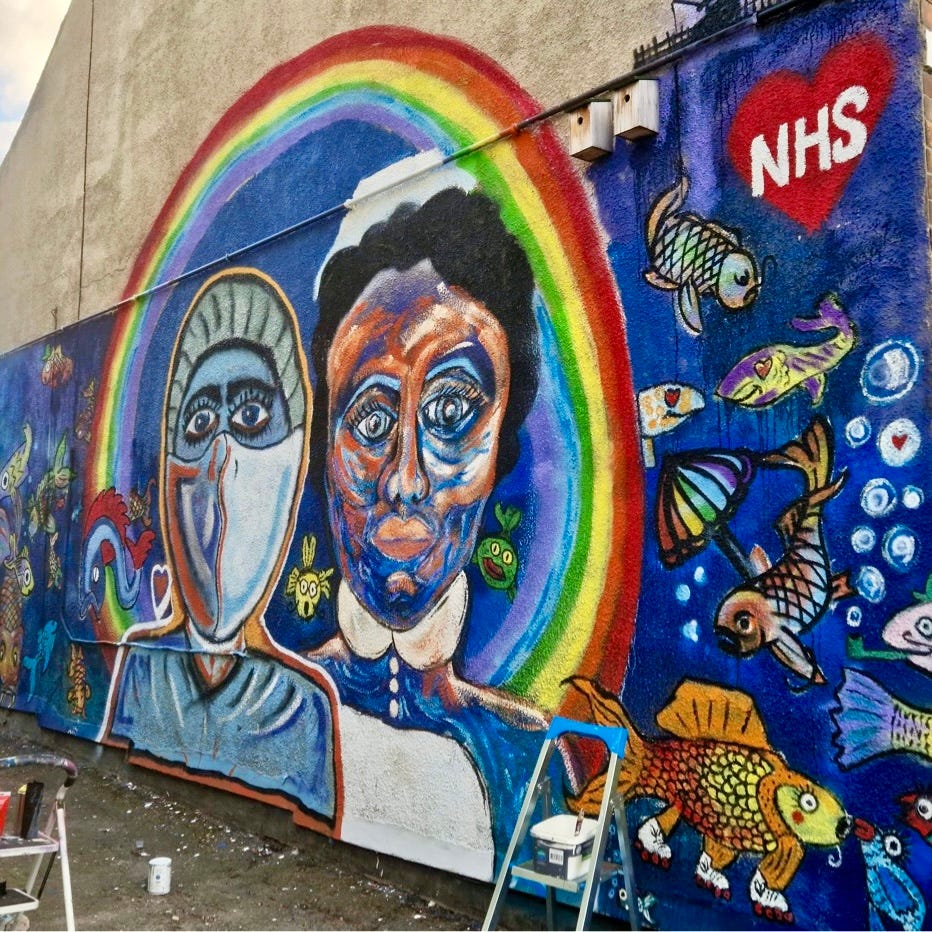
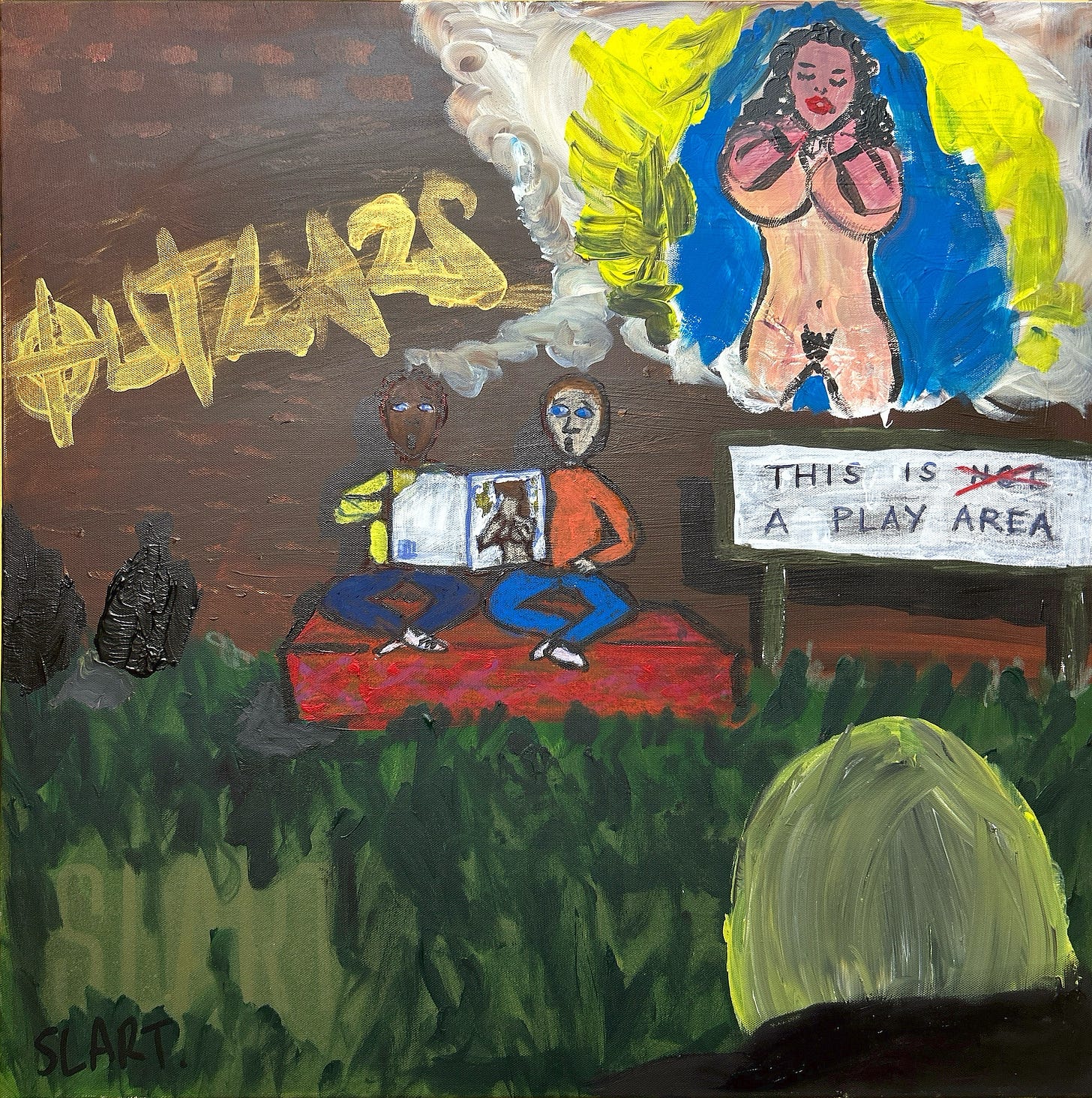
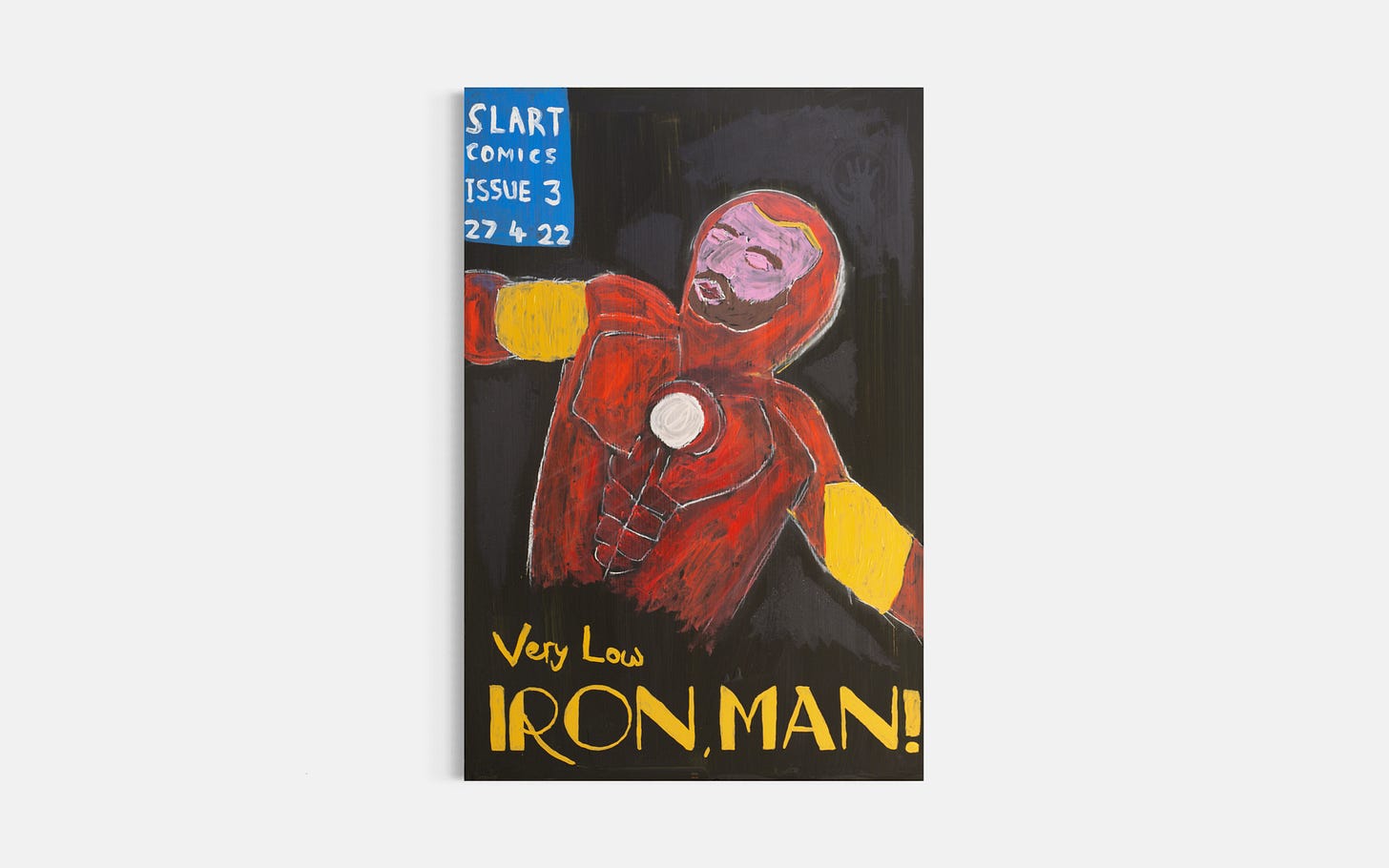
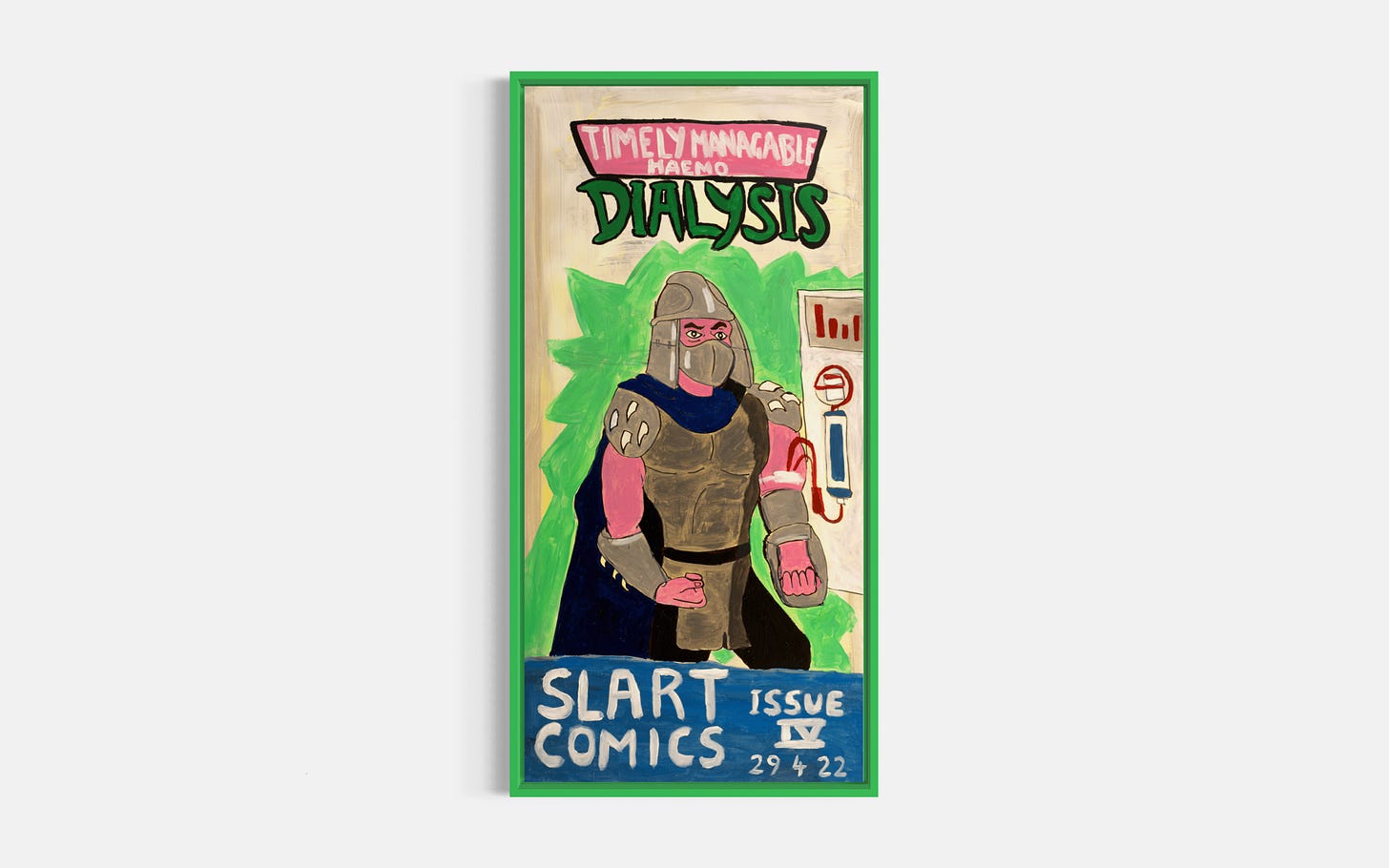
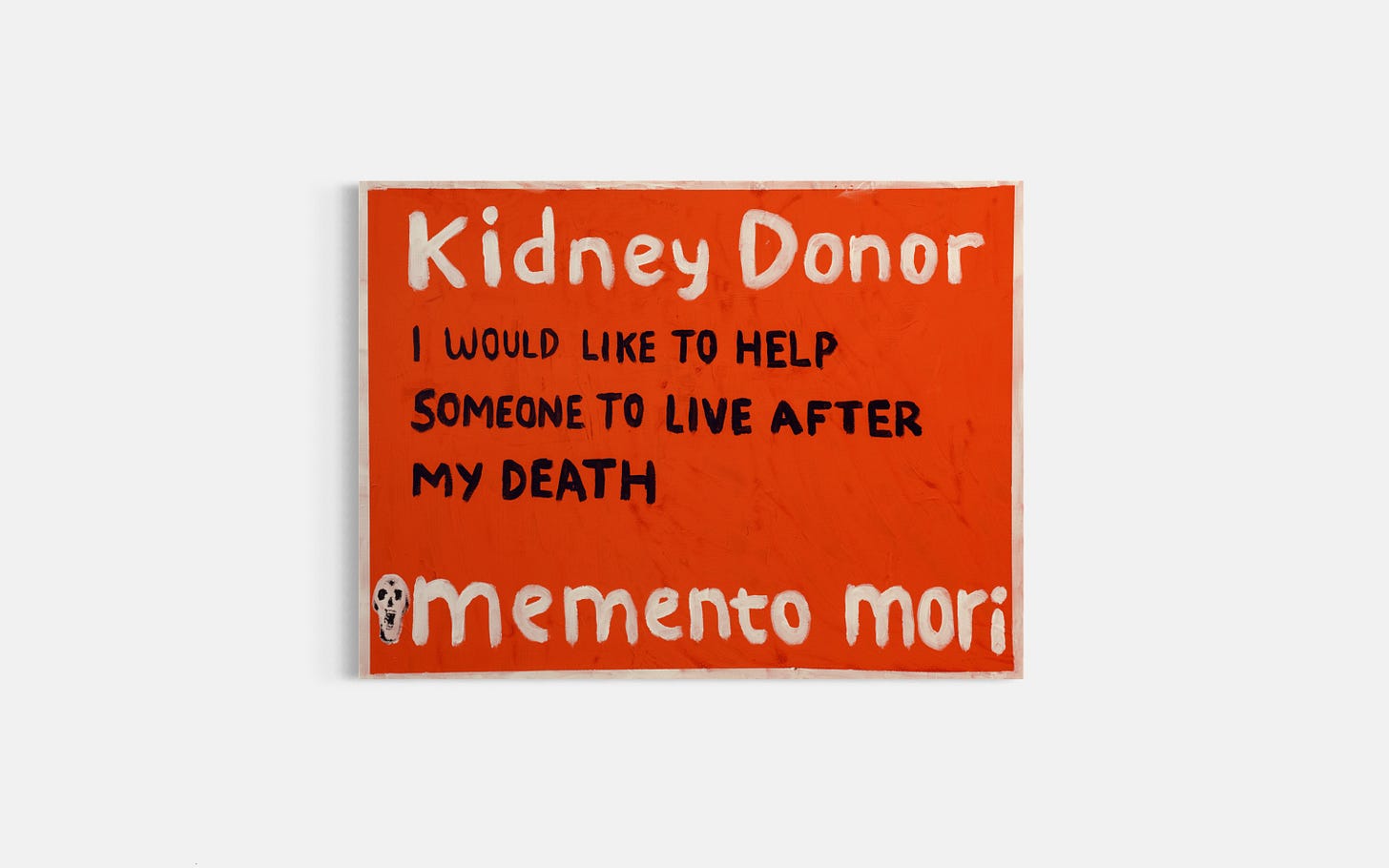


SO glad you interviewed yourself, SLART!
Best Drei Fragen yet!